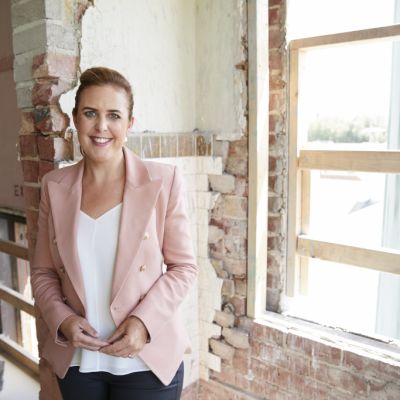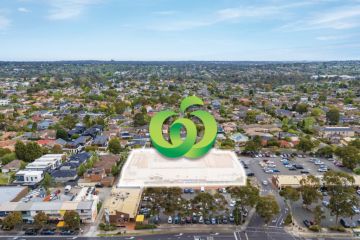‘Stretch themselves to the max’: The risky property trend that’s back
Potential home buyers are already asking their mortgage brokers about borrowing to their maximum capacity again as interest rates start to fall.
Optimistic buyers are asking how much more debt they could take on if interest rates fall further, rather than worrying about further rate rises, but brokers are warning against overstretching.

The Reserve Bank on Tuesday cut the cash rate another 0.25 percentage points to 3.85 per cent – the second cut this year – amid growing confidence that inflation is moderating.
When interest rates were rock bottom, almost a quarter of home buyers were taking on debts of six times their incomes, peaking at 24.3 per cent in December 2021, figures from bank regulator APRA show.
That fell as low as 5 per cent in the June quarter of last year as interest rates rose, and edged up to 5.8 per cent by the end of last year.
From late 2021, the regulator also made lenders check if potential borrowers could repay their loans if interest rates rose 3 per cent above current levels – up from a previous buffer of 2.5 per cent, which reduced borrowing capacity further.
Brokers report that anecdotally this year, buyers are again more confident to stretch themselves.
“People are generally still borrowing the maximum they possibly can, especially now that confidence is somewhat back in the marketplace,” chief executive of mortgage brokerage Shore Financial Theo Chambers said.
“The tail end of last year, when there was talk of more rate rises, people weren’t so confident.”
“They’re pricing in future rate cuts – while they can’t use that to increase their capacity at the time of purchase, they can stretch themselves to the maximum.”
He said this contrasts with more cautious behaviour during the rate hiking cycle, when some were pushed out of their preferred suburbs to more affordable locations.
“Now that rates are coming down and inflation is in that target, which we haven’t seen since December 2021, people are a bit more confident about borrowing the maximum.”
He warns clients to keep a cash buffer when buying, and if selling one home to buy another, to be conservative about their potential sale price.
“In a volatile economy if they’ve put themselves in a position where they’ve stretched themselves into the next bracket, upsized their home and cleaned out their bank account because they didn’t get what they want for their home, what happens if someone loses their job?” he said. “Anyone earning $150,000 to $200,000 – they can’t just get a job straight away.”
Anthony Landahl, managing director at mortgage broker Equilibria Finance, agreed clients were trying to borrow the maximum as rates fall.
“There’s definitely people looking at ‘how much can I borrow?’ and saying ‘if we get another one or two rate cuts, what does that mean for my borrowing capacity?’” he said.
He said sentiment had changed from clients asking if there would be another rate rise to understanding they could borrow more as rates fall.
“There’s definitely more confidence about people looking to maximise what they can borrow.”

He advised clients to make sure they could comfortably afford repayments and plan for future changes such as children starting high school.
Canstar data insights director Sally Tindall said APRA identifies borrowers as risky if they have debts of six times or more than their incomes.
“The fact it’s come down is a good thing,” she said.
“We would expect it to slowly start to creep up as interest rates come down but I don’t know we’re going back to the days where almost a quarter of new loans have a debt to income ratio that’s that high.”
She warned that limits on borrowing capacity meant that higher-income borrowers or borrowers with larger deposits are more likely to be getting new loans than those without.
She suggested buyers should be comfortable with the debt they take on.
“Don’t rely on your bank to tell you how much you can borrow, that’s how people got into hot water back when rates were at record lows.”
ANZ senior economist Adelaide Timbrell expects a marginal change in the number of people borrowing more money as interest rates fall, but not back to the levels of the ultra-low interest rate environment. ANZ forecasts a 3.35 per cent cash rate by early next year.
She thought it could be a challenge for some buyers to borrow a significant amount, but that was not necessarily the main issue for new buyers.
“For first home buyers the challenge is generally not borrowing capacity, it is the deposit,” she said.
“We are in an environment where housing is so unaffordable that getting that deposit is really difficult no matter what interest rates are doing.”
We recommend
We thought you might like
States
Capital Cities
Capital Cities - Rentals
Popular Areas
Allhomes
More
- © 2025, CoStar Group Inc.









